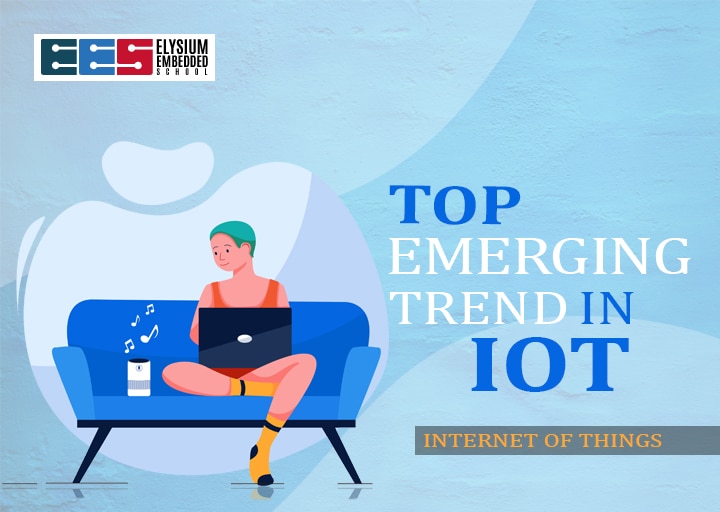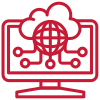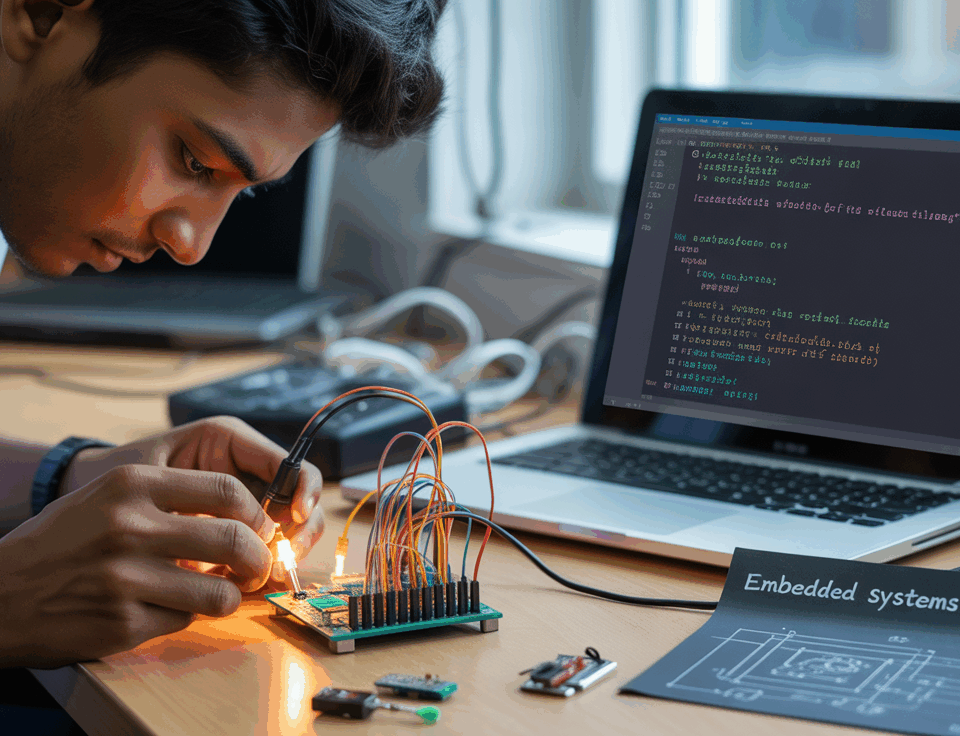
Architecture and Applications of PIC Microcontroller
July 24, 2020
Top Emerging Trends in IoT to be Noted
October 6, 2020Table of Contents
TCP/IP Protocols
Fundamentals of TCP/IP
TCP/IP Protocols: is one of the Standard communication protocol from the internet. It defines the connecting devices to the networking. As well as, It explains the TCP/IP addresses, packaging, both the delivery and also devices over the networks. Such as, capturing the network tools that dissect the packets. ICMP, UDP, TCP, access all interact cooperatively.
TCP/IP Protocols Works
It is mainly used for server and client model based communications. Whether the machine or else user is involving service to another computer system, in the networking. In this protocols which classifies in the stateless process. TCP/IP Course client request will examine a process. Due to The TCP/IP model which it consists of the four layers with the open system interconnections. i.e., OSI.
Advantages of TCP/IP Protocols
It is nonproprietary, and it is not controlling a single company. The networking protocol suite will modify easily. Because of the compatible with all the OS (Operating System). In a moment the networking protocol is also adaptable for all types of a computer system in both networks and hardware.
Microcontroller features
It generally consists of the several types of outputs and inputs pins. GPIO pins are accessing the software configuration of input or else output sector. For one thing, the embedded system has to read the sensors from the analog signals. So many embedded microprocessors may include various timers. The most common timers are programmable interval timer, i.e., PIT. Particularly The PIT will count down the values of zero or else capacity in the count register.
OSI Model Layers and Functions
They have seven layers in the functions that will provide in the combination of various applications in the operating system. In fact, it transmits the signal internet or else fiber optic cable standard the wireless protocols or Microcontroller Programming.
Physical Layer
It conveys the stream that will access the internet either mechanically or else electrically in radio waves. On the positive side, this physical layer consists of many devices and mediums through the connectors, receivers and also repeaters.
Data Link Layer
It already consists of the links from the physical networking to put the packets in the network frames. In this data link layer having the two sub layers they are
- Media access control layer
- Logical link control layer
Networking Layer
It handles the addressing of route the data to send the correct directions to the destinations. Important to realize it will receive the input transmissions at the networking layer from the network.
Transport Layer
In this layer, managing the packetization of a data. TCP/IP Networking Course will deliver the packets which it includes the checking of an issue in the information once it arrives.
Session layer
Both terminate and also coordinates the conversions. This service involves the authentication, and it is reconnecting after processing the interruption. On the networking, user datagram protocol and transmission control protocol both are providing the services from the applications.
Presentation Layers
For the most part, this layer consists of the IOT Cloud which its converts the outgoing and incoming the data from the presentation.
Application Layers
The communication which it identifies whether if someone to talk? The network capacity is accessing while they are checking the data. TCP/IP Networking Course is the set of the services to an application will able to make use of directly. Most of the apps are performing the application layers.










